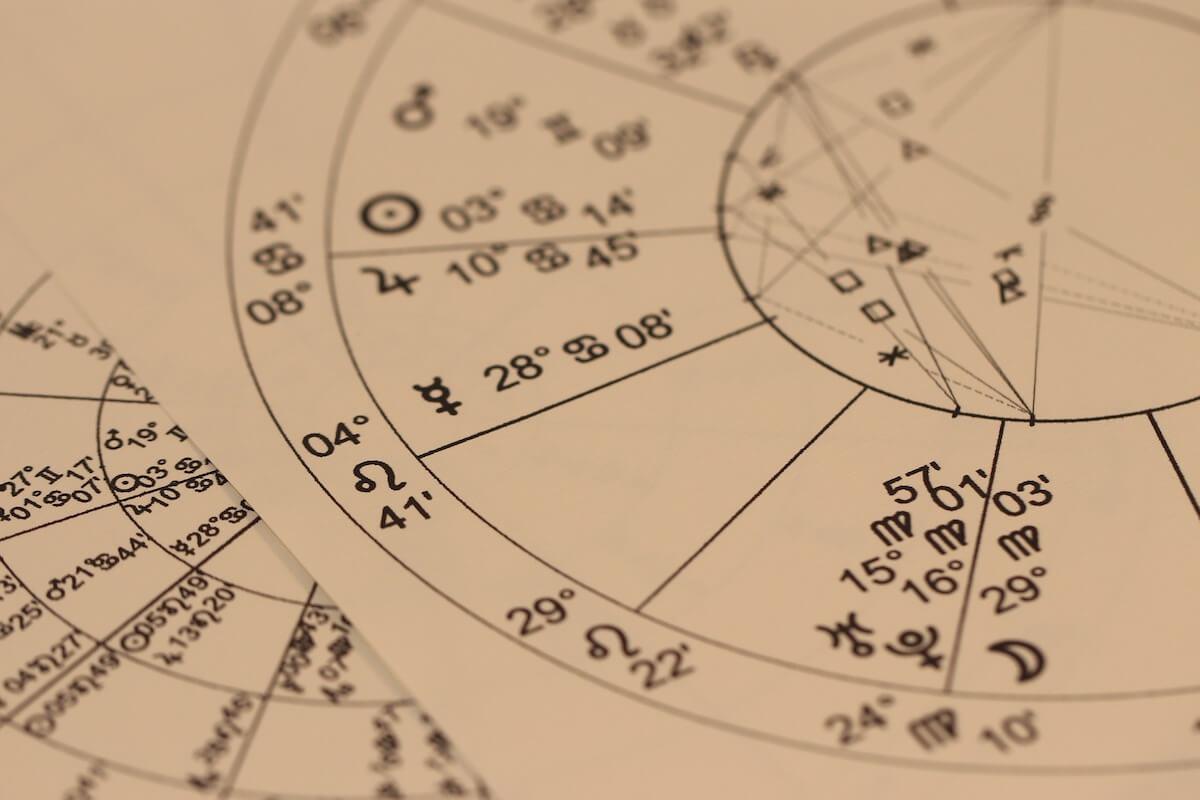The ascendant is one of the most important elements of a person’s horoscope and plays a fundamental role in astrology. It is the point in the zodiac that is on the western horizon at the time of an individual’s birth and is calculated based on the position of the Sun, Moon, and planets. The ascendant indicates how a person presents themselves to others and how they relate to the external world.
In astrology, the ascendant has a significant influence on a person’s personality and character. For example, someone with an Aries ascendant may be seen as strong, courageous, and independent, while someone with a Pisces ascendant may be seen as sensitive, intuitive, and creative. The ascendant can also influence an individual’s professional life and interpersonal relationships. For instance, if someone has a Taurus ascendant, they may have success in finance or real estate, while someone with a Scorpio ascendant may have success in medicine or psychology.
The ascendant is also an important indicator of an individual’s health. For instance, someone with a Libra ascendant may have health problems related to their back, while someone with a Virgo ascendant may have problems related to their intestines.
In general, the ascendant can provide important information about a person’s personality, professional life, interpersonal relationships, and health. However, it is important to note that the ascendant is not the only factor that influences a person’s life, and other elements of the horoscope, such as the position of the planets and the zodiac signs, must be considered for a complete reading.
Additionally, since the calculation is very complex and some approximations are made, if the sidereal birth time (i.e., the value used to calculate the ascendant) is right at the border between two ascendants, I will provide both of them so that you can verify which one you identify with the most.
But let’s clarify what sidereal time is.
Sidereal time (LST) is the time it takes for the Earth to complete one full rotation relative to the stars. It literally means “time of the stars“.
The time we are accustomed to in everyday life is solar time. The fundamental unit of solar time is a day, which is the time it takes for the Sun to travel 360 degrees in the sky, as a result of the Earth’s rotation.
However, the Earth does not complete a full 360-degree rotation in a solar day. It is in orbit around the Sun, and over the course of a day, it moves about one degree along its orbit (360 degrees / 365.25 days for one full orbit = about one degree per day). Therefore, the Earth must rotate 361 degrees to make it appear that the Sun has completed a 360-degree rotation in the sky.
For this reason, in astronomy, sidereal day is used, which eliminates the complication of the Earth’s orbit around the Sun, and is based only on how long it takes for the Earth to rotate 360 degrees relative to the stars. On average, it is four minutes shorter than a solar day, due to the extra degree, as explained above.
The calculation of sidereal time allows for the exact position of the stars, the distance from the reference meridian, and therefore, on the astrological plane, it allows for the precise calculation of the position of celestial bodies relative to the time of birth and thus the calculation of the ascendant.
So what are you waiting for, calculate your ascendant here!

